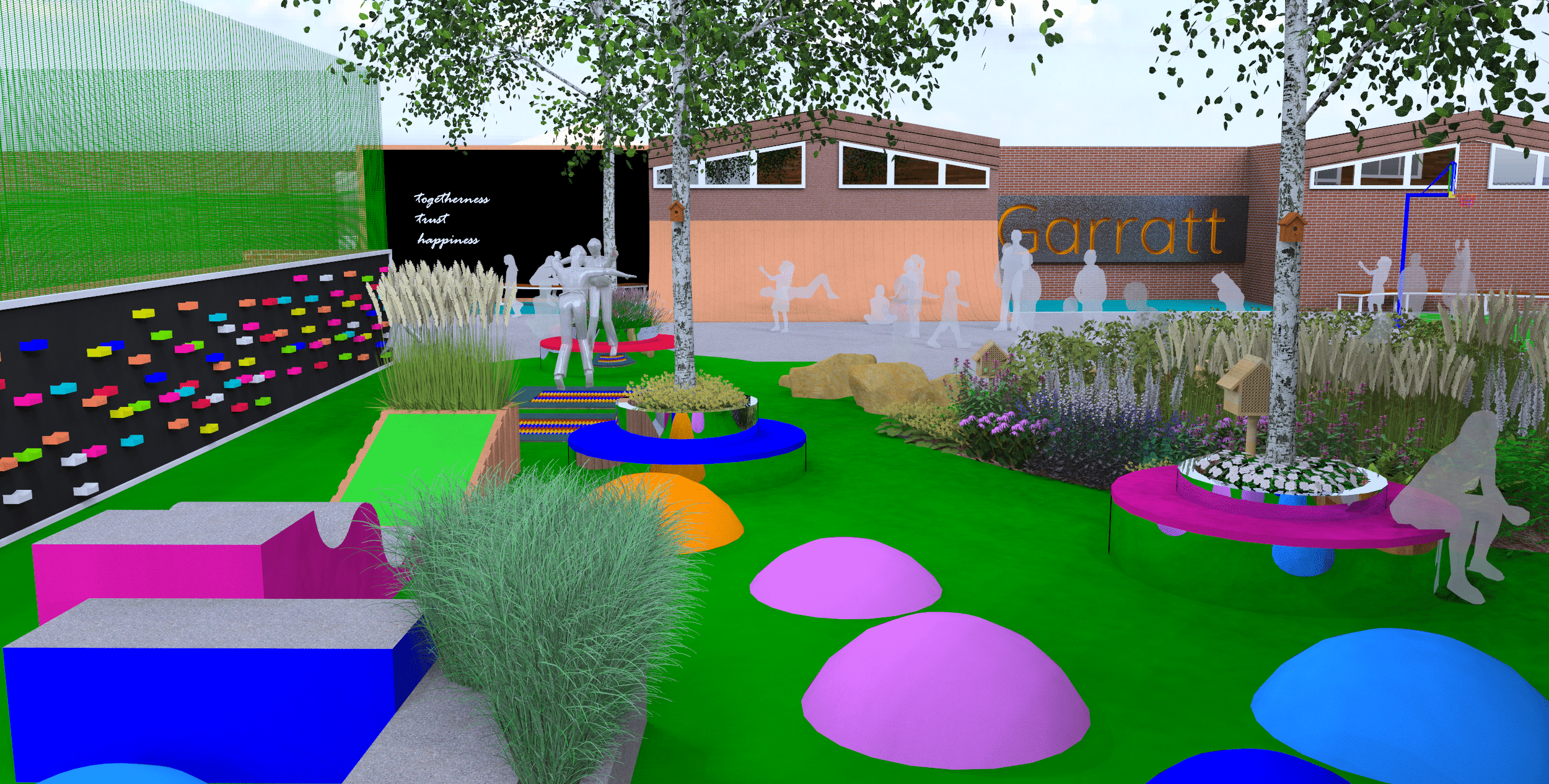

Auditory (hearing): noise sensitivities eg, a person will cover their ears in a noisy environment.Shirley, mother of a five year old with autism Signs of sensory differences

GARDEN DESIGNS FOR STUDENTS WITH AUTISM FULL
The slightest bump or scrape can send him into a full meltdown.
GARDEN DESIGNS FOR STUDENTS WITH AUTISM HOW TO
If you have a child with autism you may notice which senses are over or under sensitive, then you can learn how to help your child manage their feelings or reactions. These reactions are all part of individuality – everyone with autism is different. Other people on the spectrum have no major issues with sensory processing. A person may be both oversensitive and undersensitive to different stimuli. Or they can be undersensitive and not notice cold or taste, but they can be oversensitive to noise. The way we experience sensory input – like the weather or feeling pain – is experienced differently by everyone, and for many on the spectrum, it can be significantly different.įor some people they can be oversensitive (sometimes called hypersensitive) to certain stimuli, like noise, light, clothing or temperature.

For example, if we have a really tasty meal or we’re not coping in extremely hot weather. Normally, our brain processes these senses automatically and we might only become aware of them when one of them is heightened. Interoception – internal body awareness.Proprioception – the body’s position in space and strength of physical responses.Vestibular – a sense of a centre of gravity.In addition to these five external senses, there are three internal senses, including: The senses we normally use as part of daily life include sight (visual), auditory (hearing), tactile (touch), olfactory (smell) and gustatory (taste). We use our senses all the time, usually without consciously realising it. Rick, a 22 year old with autism What is sensory processing? I feel so many things going on inside my body at once, it’s hard to make sense of it all.


 0 kommentar(er)
0 kommentar(er)
